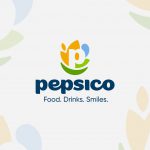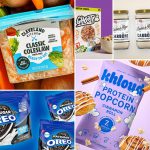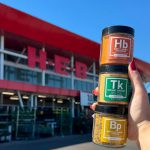With New Funding, Boox Aims to Replace Cardboard Shippers and Establish Circular Shipping Model
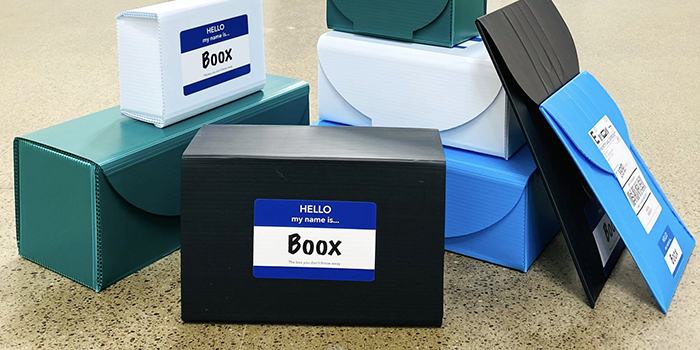
Waste from single-use shipping packaging continues to be one of the most notable barriers in the CPG industry’s push toward sustainability, and the recent pandemic-driven ecommerce boom has only made the problem more urgent as demand for and cost of cardboard boxes surge. A potential solution — reusable boxes — seems simple, but logistical challenges and the need for consumers to actually return the boxes themselves have made this concept difficult to execute.
While taking on this challenge may seem like a “crazy idea,” with a new round of funding for support, reusable shipping box maker Boox believes it has what it takes to give corrugated cardboard boxes a run for their money.
The idea for reusable shipping boxes came to Boox co-founder and CEO Matt Semmelhack while working at plant-based meal kit delivery company Thistle as its director of delivery experience. When looking into why consumers canceled their subscriptions, he found that many were unhappy with the amount of waste shipping materials created. While Thistle was looking into ways to avoid sending a cardboard box full of single-use insulation, ice packs and dry ice and plastic containers — a “necessary evil” to send fresh food quickly — a quick solution for the meal kit company just wasn’t available, Semmelhack said.
“As we figured out what that would take and what it would cost, it became pretty clear that this was an entire business itself,” he said. “If someone could solve that, it would apply to any food delivery anywhere. And then by extension, really any delivery, that if you could inject reusable into that supply chain it could have a really significant impact.”
With this in mind, Semmelhack left Thistle and co-founded Boox in 2019, raising $2 million in a seed round that year before bringing in $9.25 million in a series A round led by Valor siren Ventures this month. The company plans to use the most recent funding to grow its team and expand into new geographies like the UK and Canada.
Made with corrugated polypropylene, a type of plastic, in a variety of sizes and shapes, Booxes are waterproof and grease resistant, and more durable and lightweight than typical cardboard shipping boxes, Semmelhack said. They can also be fully repurposed into other boxes after many uses. Impact on a brand’s carbon footprint is made within a single shipment using a Boox, he said, while 10 shipments reduces the brand’s overall carbon footprint by at least 75%.
For its circular reuse model, Boox functions in the center of the system, shipping its boxes to partner brands who then use them to ship items to consumers. When consumers return the boxes for free by following instructions included inside, they are returned to Boox, rather than the brand, to be used again by any of its partner brands.
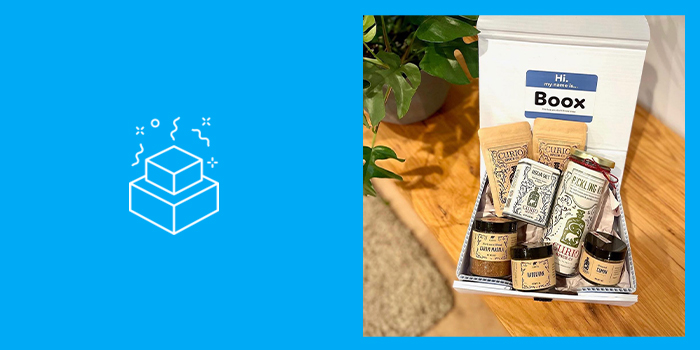
Booxes are currently being used to ship shelf-stable CPG products purchased through ecommerce, from brands like Passenger Coffee and skincare maker Ren. Because shipping perishable food has additional logistical challenges, insulated boxes have not been Boox’s initial focus, Semmelhack said, but are in the pipeline for the company.
While the circular reuse model works best when the brands use “agnostic” boxes, the company does work with brands on customizable boxes. The inside of a Boox also offers digital marketing opportunities for brands, as the QR code consumers scan for return instructions can also lead them to graphics, videos or recipes from brands, removing the need for wasteful inserts and brochures.
While more expensive than typical corrugated boxes, Booxes are competitive with other branded custom boxes, he said, to ensure it’s not just a “premium experience for those that can afford it.” These boxes might also offer brands a respite from the dramatically changing pricing and availability of corrugated cardboard boxes. After a 3.4% increase in shipping box production last year — about 477 square miles of cardboard — producers increased prices $50 a ton for containerboard last fall, and even more this year, according to The Wall Street Journal.
Still, even with an increase in pricing, Boox may not be the solution for every brand, Semmelhack said.
“If you’re shipping a utilitarian product as cheaply as possible, this is probably not right for you,” he said. “But if you’re in a market…where your brand is critically important to being chosen over the other guy, then Boox might make a lot of sense.”
Boox is neither the first, nor the only company to implement a reusable shipping box model, as companies like Loop and Liviri have rolled out closed loop shipping and packaging solutions across food and beverage. However, with an estimated 200 billion boxes shipped worldwide every year, Semmelhack said the company’s potential scale and wide breadth of potential use cases across CPG has set it apart and caught the eye of investors.
“The market is just so big,” he said. “And increasingly, investors seem to be focused on investments that are in companies that are going to have a positive effect on the world. The grand scale that is possible, and actually not that crazy, is pretty exciting.”
One of the biggest hurdles the company is facing is actually getting consumers to return the boxes. While initial consumer tests had an 85% return rate, this rate now varies “wildly” across brands, Semmelhack said. Brands like ethically sourced spice company Curio Spice Co. and sustainable denim brand Boyish Jeans have return rates of 75%, which he attributes to solid messaging from the outset about the box consumers were receiving and what to do with it. This clear messaging will be important as the company scales and onboards brands with wider, less sustainability-savvy consumer bases, he said.
The company currently doesn’t have any penalties for unreturned boxes, but it also hasn’t found that simply saying “save the world, return your Boox” is effective either, Semmelhack said. The best way to get consumers to cooperate will come from trial and error, and the company will soon be testing an incentive program that would have Boox donate $1 per box to the local public school system in the community it was returned in. This would reward consumers for essentially covering last mile delivery when returning Booxes, he said, which is the bulk of delivery costs for the company. While wary of placing all the responsibility for sustainable practices on consumers, Semmelhack does recognize that consumers will be a determining factor in Boox’s success.
“If we can incentivize consumers to [cooperate] in a reasonable way, we can actually afford to contribute to the community instead of detract from it,” he said. “The incredible scale and how many things get delivered make so many things possible. If we can get people to do it.”
